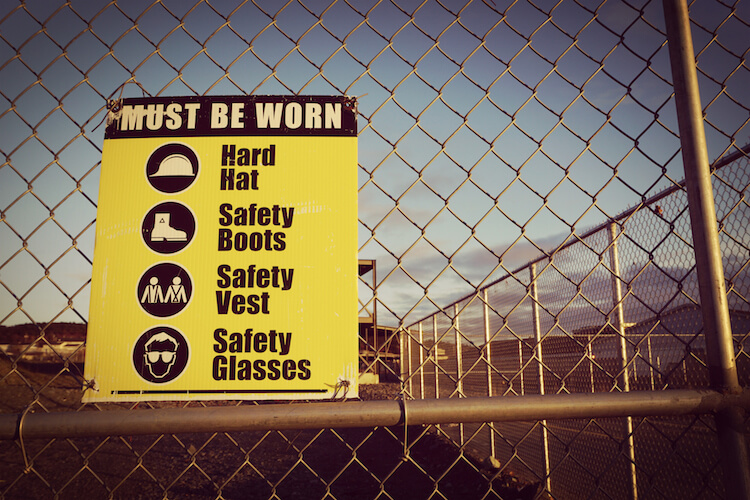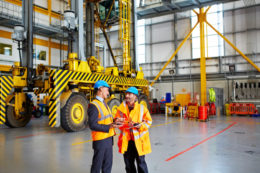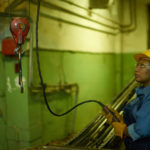The Top 5 Safety Considerations for Crane Operations

Safety is of the most important aspects of crane work because it’s important to so many operations. And without proper safety precautions, you’re putting your equipment, your employees and your reputation on the line.
We spoke with Thushara Jayasooriya, a technical specialist with the Canadian Centre for Occupational Health and Safety (CCOHS), to get her top five safety considerations for any crane operation.
1. A competent operator
The most important consideration is to have a competent worker, one who is suitably trained, adequately qualified and has significant experience to do the job.
“All other safety considerations depend on the actions of the qualified, experienced and trained worker,” says Jayasooriya. If your crane operator is unqualified for their job, it won’t matter how carefully you address the other safety considerations.
2. Knowledge of lockout and tagout procedures
Lockout procedures are intended to dissipate all energy from a piece of equipment to make it safe for maintenance.
Electricity, steam, hydraulic pressure, heat, air pressure and kinetic energy could all be potentially hazardous, and operators should be prepared to lock devices (to prevent them from being turned on) and tag them (to warn other employees to keep the device locked).
3. Pre-operational inspection
You never know what may happen at a job site or with a piece of equipment from day to day, so a pre-operational inspection is necessary to ensure that everything is in working order.
Before operation, the motor, brakes, safety devices, tooling equipment and load lifting mechanisms should all be inspected. “Always use a log book to document those inspections,” says Jayasooriya. “Log what you find during inspection, and also shutdown procedures.”
4. Abide by lifting capacities
Workers should not rely on their instinct or experience to determine if a load is too heavy. They should calculate the safe working load and working load limit for the device.
An overloaded crane has the potential to drop materials and injure workers or cause damage to the crane, the load and facilities. Load testing should be performed along with maintenance checks, so that operators will come to know how many pounds the crane can handle.
5. Know international and site-specific hand signals
Cranes are often used in very noisy, chaotic environments, so knowledge of appropriate hand signals is imperative. Without other options, hand signals may be your only way to communicate vitally important information to your co-workers. This is important not just from a safety perspective, but it can also help ensure the efficiency of operations.
Learn more about how often you should get crane inspections to keep your facility safe >










